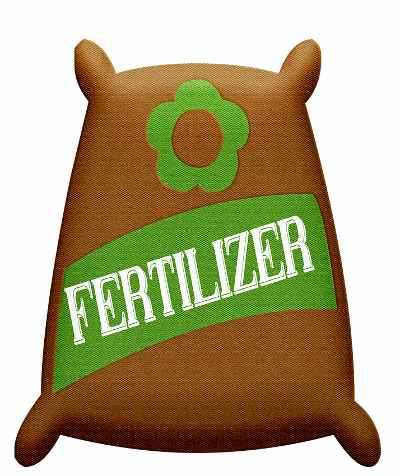SHTF Fertilizer
So, you think you are a good gardener! Or maybe you don't! Either way growing a garden after a SHTF situation is going to be quite a bit different from prior to the cataclysm. And one of the big differences will be fertilizer or lack thereof.
Most modern fertilizers come from petro... OIL! It comes from oil quite frequently. Regardless of where modern fertilizers come from the bottom line is you will no longer be able to just go to the store and buy miricle grow to water your plants with and then sit back and admire your garden and say to yourself, "Damn I am good at growing stuff".
A garden without fertilizer may be a garden, but it will certainly produce less edibles than a garden with fertilizer. So in a SHTF situation you will need to know how to give your garden the nutrients that they want. And the number one first place to start is with compost. Everyone is familiar with compost, If not then here is a brief description.

The decomposed leaves, sticks, grass etc., will over time turn into a brown material that almost resembles dirt. This compost contains all the nutrients that plants had in them before decomposing. The decomposition of the matter is necessary to make those nutrients more accessible to your plants.
Today there are all manner of drums and barrels that rotate and spin to improve the process. Just know that you don't need any of those fancy contraption now or in a SHTF scenerio. Plants have been decomposing just fine for millions and millions of years.
Your compost pile will be just that a pile. You throw the new undecomposed vegetable matter on top. As more is added over time you will end up with the newer material on top that is just starting to decompose and below that is the decomposed material that you want to use for your garden.
Disturbing the compost pile isn't really necessary or even desirable as it will mix the bacteria and fungus that are growing in the different layers together. Think about it if you have a layer of fungus that is doing great at one level but is absent from another level, why would you wont to mix that and put the fungus in an environment that is unfavorable to its survival?
Regardless turning or not you can't stop the process only slow it down or speed it up. Dead stuff will decay over time, like it or not!
So don't worry about not turning you compost pile and don't lose sleep because you have to disturb it to get to the good stuff at the bottom.
Depending on where you live, you might need to add water to speed up the process. So in dry, even desert like environments the addition of water will speed up the process. Other more "normal weather" places you can get by without water or the occasional addition during the drier months.
One little known method of using compost is to combine one volume of old compost to and two volumes of water. Exact ratio is not super important. After you combine the stir and mix well. Then dip out the solid material or strain through a sieve. Put the strained material back into the compost and use the water as a liquid fertilizer for your plants.
Another DIY fertilizer to utilize is ashes. Wood ash is usually alkaline. This is the opposite of acidic. Most plants that aren't citrus love a higher pH than most places have. So it varies by place but wood ash can help by raising the pH or the soil as well as also providing the plants with lots of minerals both macro and micro that the plants need.
Another great source of minerals for your plants is ground bone, fish scales, fish bones, egg shells as well as shells from snails and mussels. Lots of great nutrients in this that you will want even if you have lots of compost in your garden.
And where would we be if we didn't address manure. Manure regardless if it is from cows, goats or chickens provides a real boost to plants. Keep in mind that it is possible to provide so much manure that the plants will be more prone to putting on green growth and not as much into fruits and vegetable fruit if this is overdone. This shouldn't be an issue for most but just be aware of it.
Manure added to the soil adds large amounts of organic matter. A big plus. But in addition to this it also changes the physical characteristics of the soil. Sand is to porous and doesn't hold water. Clay is to dense and doesn't allow for aeration and when compacted into what is called a hard pan (natural or man-made) prevents the water and roots of plants from going down into the soil.
Manure changes the texture of the soil and brings it to a happy medium where the soil is more productive. So from the physical properties aspect of your soil the addition of manure is always a positive.
The best application method of manure is to work it into the soil. but spreading it on top is also a common application method.
It is kind of gross, but you can also mix with water and pour it as you would miracle grow.
So there you have it. These seemingly useless waste products should be saved and used. And are actually like turning trash into treasure.
Back
